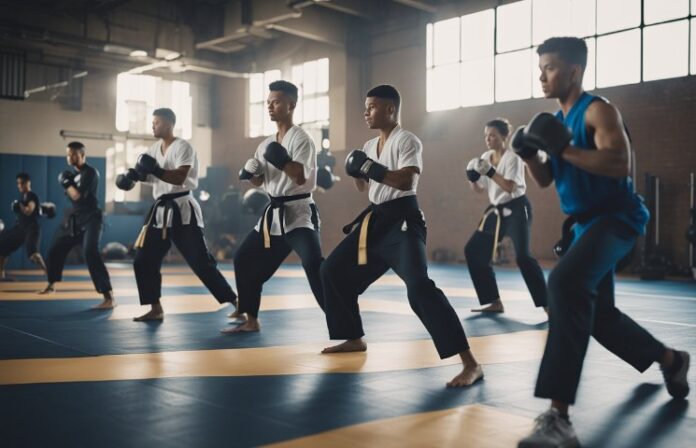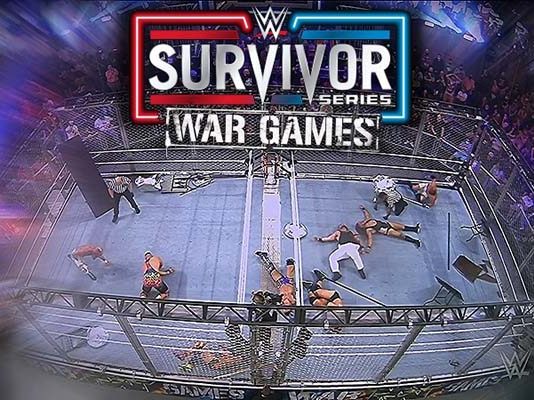
Mixed Martial Arts (MMA) has seen a surge in popularity, with many aspiring fighters dreaming of entering the Octagon. Analyzing the training timelines of current UFC fighters reveals that most start their training around the ages of 15 to 18. This early start allows them to develop the necessary skills and physical conditioning required to compete at a professional level.
Young athletes often begin with a specific discipline like wrestling, boxing, or Brazilian Jiu-Jitsu before transitioning to a comprehensive MMA training regime. This early specialization gives them a critical edge in mastering diverse martial arts techniques.
Some fighters even start as young as 10, attending specialized martial arts schools or training under experienced coaches. This foundation builds not only physical prowess but also mental resilience, crucial for climbing the ranks in the competitive world of UFC.
The Path to Becoming a UFC Fighter
Becoming a UFC fighter involves rigorous training and mastery of various martial arts disciplines. The journey often begins with joining a reputable martial arts school and committing to a strict training regimen.
Understanding the Training Landscape
Training to become a UFC fighter typically starts at a young age, often in the early teens. Many fighters begin their journey by joining a martial arts school, where they train in disciplines like Brazilian Jiu-Jitsu, Muay Thai, wrestling, and boxing.
It’s common for fighters to train several hours a day, balancing strength training, skill development, and cardio workouts. Sparring sessions and real-fight simulations are crucial for gaining practical experience. These schools often provide access to seasoned coaches, some of whom are former fighters themselves.
Key components of training:
- Strength and conditioning: Essential for endurance and power.
- Technical skills: Mastery in grappling, striking, and defense.
- Mental toughness: Focus and resilience under pressure.
Diversity of Martial Arts Disciplines
UFC fighters must be proficient in multiple martial arts disciplines to be well-rounded competitors. Brazilian Jiu-Jitsu is vital for ground control and submissions, while Muay Thai is crucial for striking and clinch work. Wrestling complements these skills by adding takedown techniques and ground control.
Each discipline contributes unique techniques and strategies. Training in a variety of martial arts allows fighters to exploit their opponent’s weaknesses. The adaptability gained through diverse training is essential for success in the octagon.
Many martial arts schools offer programs that integrate multiple disciplines, giving fighters the comprehensive skills needed for mixed martial arts (MMA).
The Role of Martial Arts Schools in MMA Training
Martial arts schools provide the foundational skills necessary for success in MMA. Deciding where to train is crucial, with schools like Apex Martial Arts leading by example.
Selecting the Right School
Choosing the right martial arts school involves considering factors such as the quality of instructors, programs offered, and training facilities.
Instructors with MMA experience can provide valuable insights and techniques. Schools offering diverse disciplines, like Brazilian Jiu-Jitsu, Muay Thai, and wrestling, allow fighters to develop well-rounded skills.
Facilities with proper equipment and safety measures ensure effective and safe training. Prospective students should visit schools, observe classes, and ask questions to make an informed choice.
Factors Influencing the Start Age of Training
Several factors influence when athletes start training in MMA. Access to training facilities plays a crucial role. Unlike established sports, MMA gyms are less accessible in some regions.
Parental influence is another factor. Parents often push children into traditional sports with a longer history. Cultural acceptance also affects start age; MMA gained wider acceptance only recently compared to sports like boxing.
Financial considerations can delay training. MMA involves multiple disciplines, each requiring gear and coaching, making it costlier. Lastly, athletes transitioning from other sports often start in their late teens after beginning with wrestling, karate, or jiu-jitsu in their youth.
Early Training and Development Milestones
Young athletes often begin their martial arts journeys early, typically starting in childhood. They focus on foundational skills and gradually transition to more specialized, professional training.
Foundational Skills in Martial Arts
Children as young as four to five years old often join martial arts schools. At this stage, they learn basic skills such as balance, coordination, and discipline. Classes are usually structured around games and drills that develop these essential abilities.
In addition, young fighters might start with traditional martial arts like karate, taekwondo, or judo. These disciplines teach respect, self-control, and basic techniques. The early focus is not on competition but on mastering simple moves and understanding the principles behind them.
Transition to Professional Training
As they grow older, typically around 12 to 15 years, young fighters begin more serious training. This involves moving from general martial arts classes to specialized MMA programs. These programs often include striking (boxing, kickboxing) and grappling (Brazilian jiu-jitsu, wrestling).
Increased physical conditioning also becomes important. Young athletes start lifting weights and engaging in more intense cardio workouts. This stage often includes attending seminars, camps, and sometimes competing in amateur matches.
By late teens, many are training with professional coaches and fight teams, focusing on advanced techniques and strategy. They may also start working on media skills and personal branding, preparing for a potential professional career.
These steps lay the groundwork for successful careers in UFC, starting from basic martial arts training to rigorous, specialized regimens.
Building a Career in UFC
Starting a career in the UFC involves a journey from amateur competitions to professional fights, requiring dedication, skill development, and strategic career management.
Advancing from Amateur to Pro
Beginners often start with local amateur competitions to build skills and gain experience. Amateur events provide an opportunity to learn and improve without the pressure of professional rankings.
Successful amateurs typically create a fight record, showcasing their abilities with wins, techniques, and resilience. Coaches, training camps, and mentors play key roles in development.
When ready, fighters transition to small regional promotions. These platforms allow fighters to gain exposure, negotiate contracts, and build a fan base. Performance in regional circuits can lead to a UFC contract, marking the official start of a professional career in the organization.












